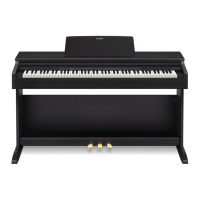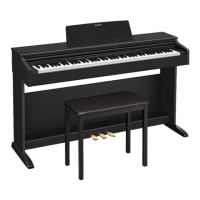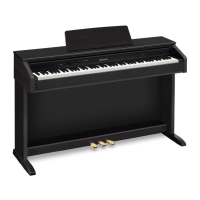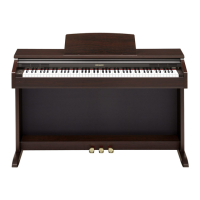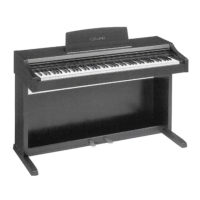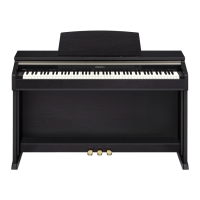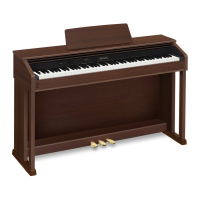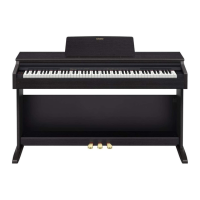How to fix no sound on Casio CELVIANO AP-270 Musical Instrument?
- MMarcus HarrisJul 27, 2025
If no sound comes out when you press a key on your Casio Musical Instrument, first, try rotating the VOLUME controller towards “MAX”. Then, disconnect anything plugged into the PHONES/OUTPUT jacks. Finally, ensure that the Local control setting is turned on.
